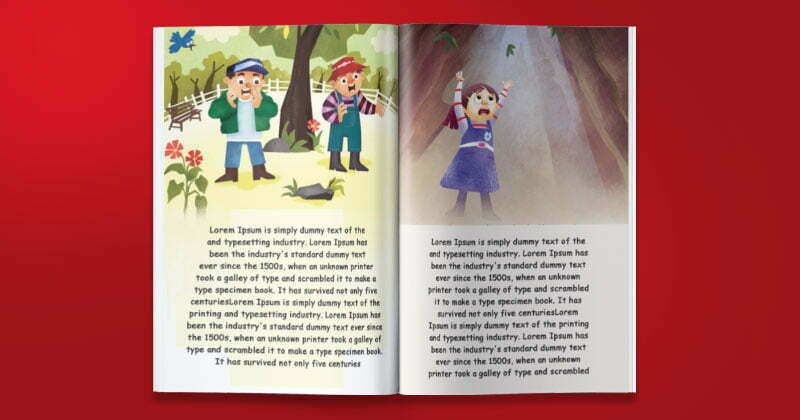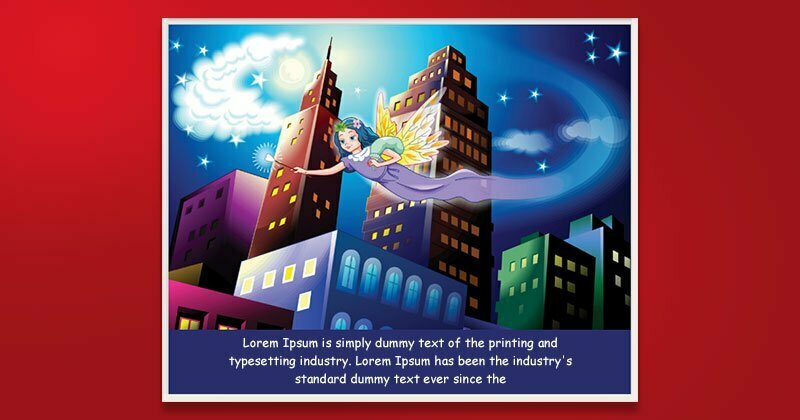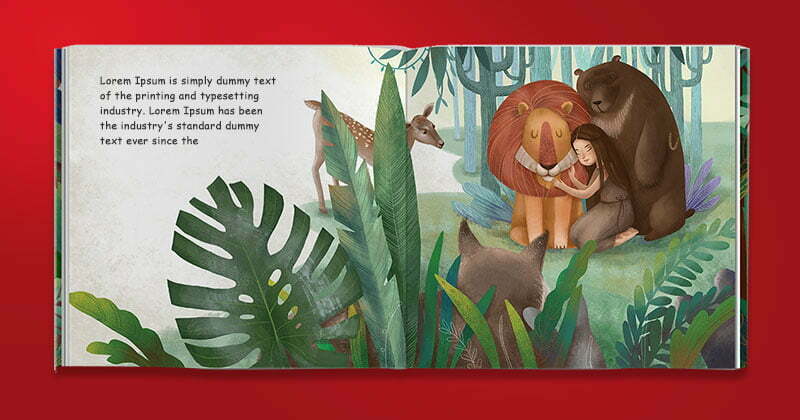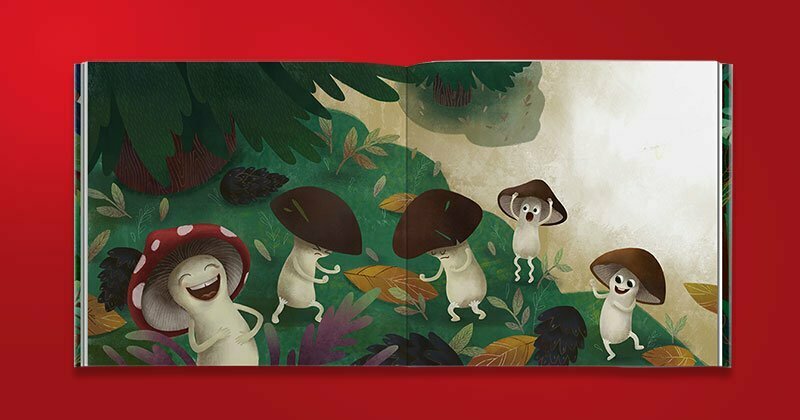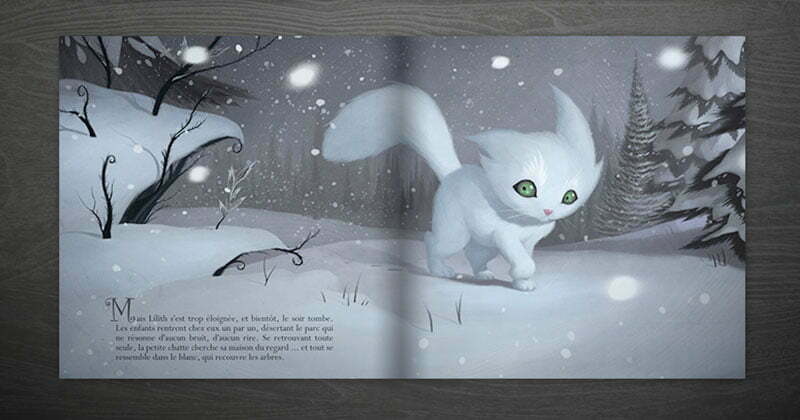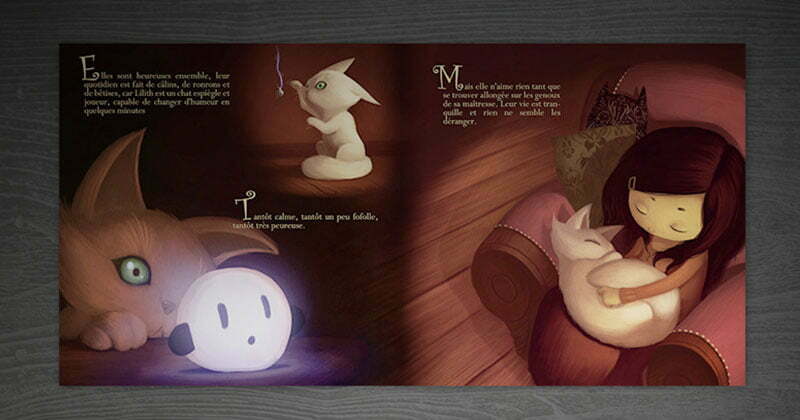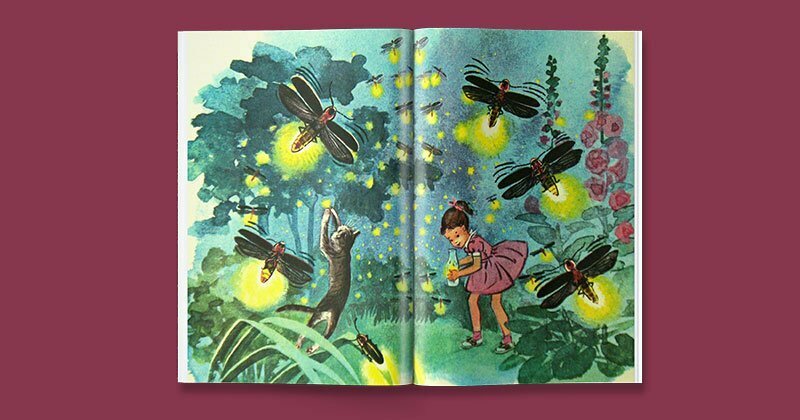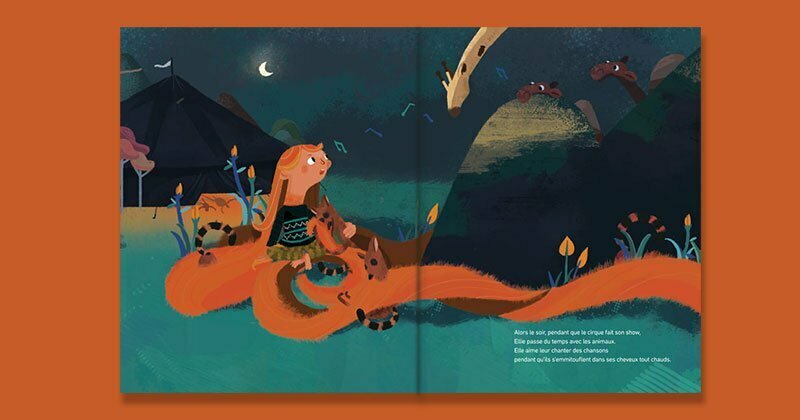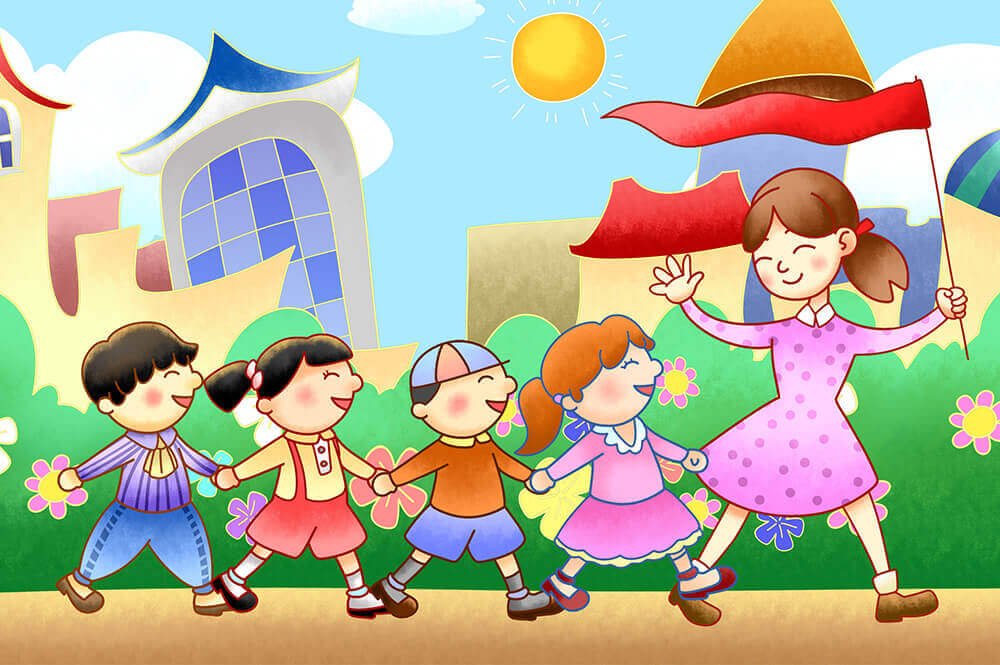Developing children’s book illustrations have always been a challenging job, even for professional artists. Understanding a kid’s mind and creating something that they will find interesting can be really difficult. However, on the brighter side, it can be a great way for the artists to put their brain’s creative side to use.
A variety of illustration types can be employed for creating the children’s book. Also, vivid and bright colors can be employed for stimulating the cognitive skills of the kids. When combined, these elements can result in a creative art that can be used for communicating a story to entertain or educate kids.
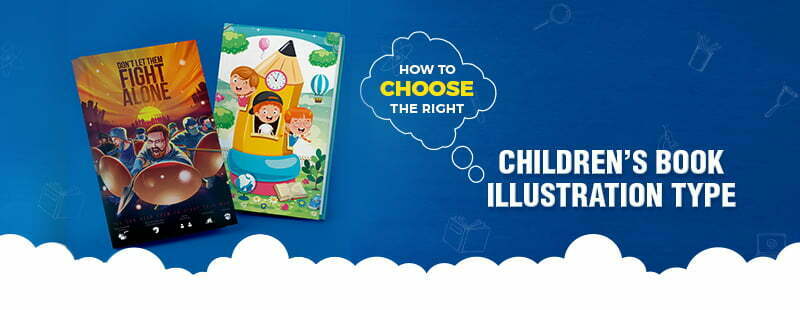
The first thing you need to do while choosing the right illustration type for your children’s book is to carry out market research. Following are the things you need to determine:
- The age group of targets
- Type of illustration
- Style of illustration
- Number of illustrations, etc.
In this article, we will be explaining each of these points in detail.
Finding the Age Group of Target Audience
The ability and mind of the children grow rapidly with age. The same goes for their outlook too. So, if you think that a single style or type will suit all age groups of children, then it is wrong. For a particular age group, the illustrations should be different.
In case you haven’t decided which age group to target, then kindly decide them soon. Other things you need to consider while illustrating is the type of book, word count, and the story.
Also, make sure that the ones you are about to illustrate are easily understood by your targets. For example, basic illustrations will not appeal to the older kids, and younger kids won’t understand the abstract ones.
Different Types of Illustrations for Children’s Book
The illustrations for children’s books are mainly of 4 different types. They are:
Expert tip: Spread illustrations are best used for children’s picture books. However, covering the whole book with artworks will also require more money.
Alternatively, you can opt for single-page illustrations. You can also mix up both the illustrations throughout the book. If you are still confused, consult with your illustration service provider and use their opinion on this matter.
Different Styles to Consider While Creating Children’s Book
While creating children’s storybooks or any other type of book for children, you can choose a different style that complements the subject matter and tone of the book. Apart from that, also consider your reader’s age.
Determining the Number of Illustrations to Use
This is another important thing you must consider while creating book illustrations. Apart from that, you also need to find out the type of books as well as the page count. For instance, if you are using a picture book, the number of artworks will be more.
Picture books usually contain less than 35 pages. So, consider if it is a 35-page book, the story will be covered in 31-33 pages. In that case, by leaving the first and last two pages, the rest of the books can be covered with artworks. You can either use spreads, full page, or half-page illustrations depending on your requirements.
Check out the books of your target age groups and see how many words or text are usually present in the page or picture. This will give you an idea on how many to add for your books.
However, if it is a chapter book, then the number of illustrations will differ as well as the type of illustrations. You may only require only one artwork per chapter. The types will differ from a single page, spread, spots illustrations, etc.
A Few Tips to Choose the Right Type of Children’s Book Illustration
The book industry always keeps changing. So, it is important to carry out a recent survey so that you know what is selling now. There is no guarantee that the ones which used to sell a decade ago will also sell today.
Now, let us discuss some Do’s and Don’ts while illustrating the books for children.
- Try illustrating the books only if you are a professional illustrator. If not, opt for a company offering book illustration services.
- Taste as well as humor changes with age. So, the book for a 4-year-old won’t be liked by the 10-year-olds. Check out other books for the age groups you are targeting to finalize the artwork.
- While hiring an illustrator, select the ones with a proven track record and reviews. Do not hire someone who is not having any experience.
- Thoroughly discuss your projects with the illustrators to know what they feel and think about your project. Also, ensure that the task will be completed on time.
- All the artworks present in the books should differ with respect to pose, angle, distance, etc. Keeping it the same will create monotony.
- Do not put descriptions for the illustrations unless it is critical. Illustrations are meant to describe stories. So, you do not need a text every time to back it up.
- The artworks must match the book’s content at all costs. Otherwise, it will be annoying for both the kids and their parents to read.
- Do not be abstract and put too many artworks. It might be confusing for children, especially if they are younger.
- Do not tell your illustrators what to draw in detail. You only need to tell them the concept. Let them use their creativity to develop artworks for your book. Micromanaging won’t bring good results.
To conclude, you can use the different illustration types mentioned here for creating the children’s books. However, in the end, the field is imaginative and will require you to use your artistic abilities to develop the artworks.
We also hope that the tips mentioned here were helpful and offered you the needed insight into choosing the best illustration style for your needs. So, if you are already inspired enough, get started with developing the children’s book illustrations in different shapes and forms and win the hearts of your audience.

